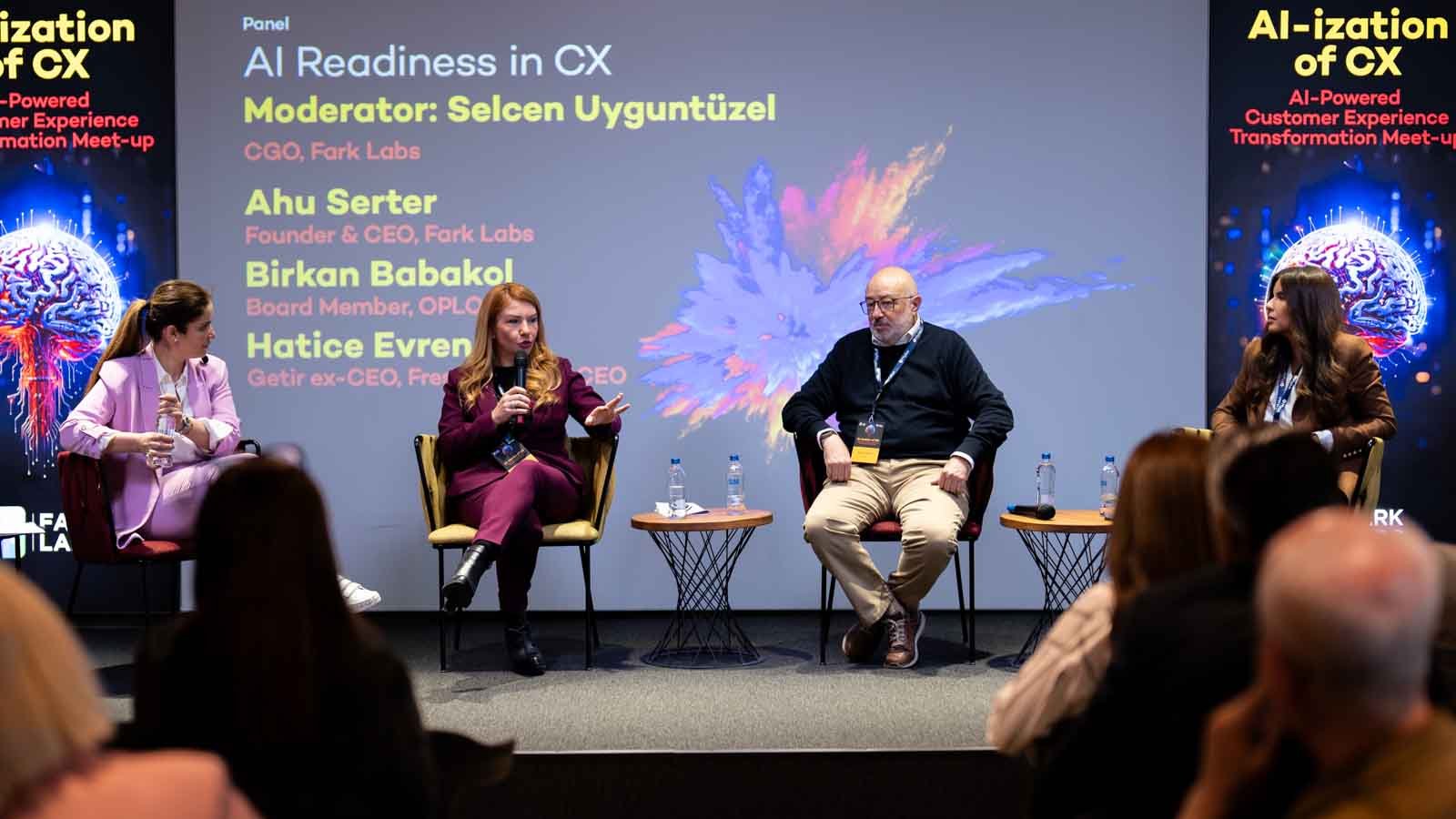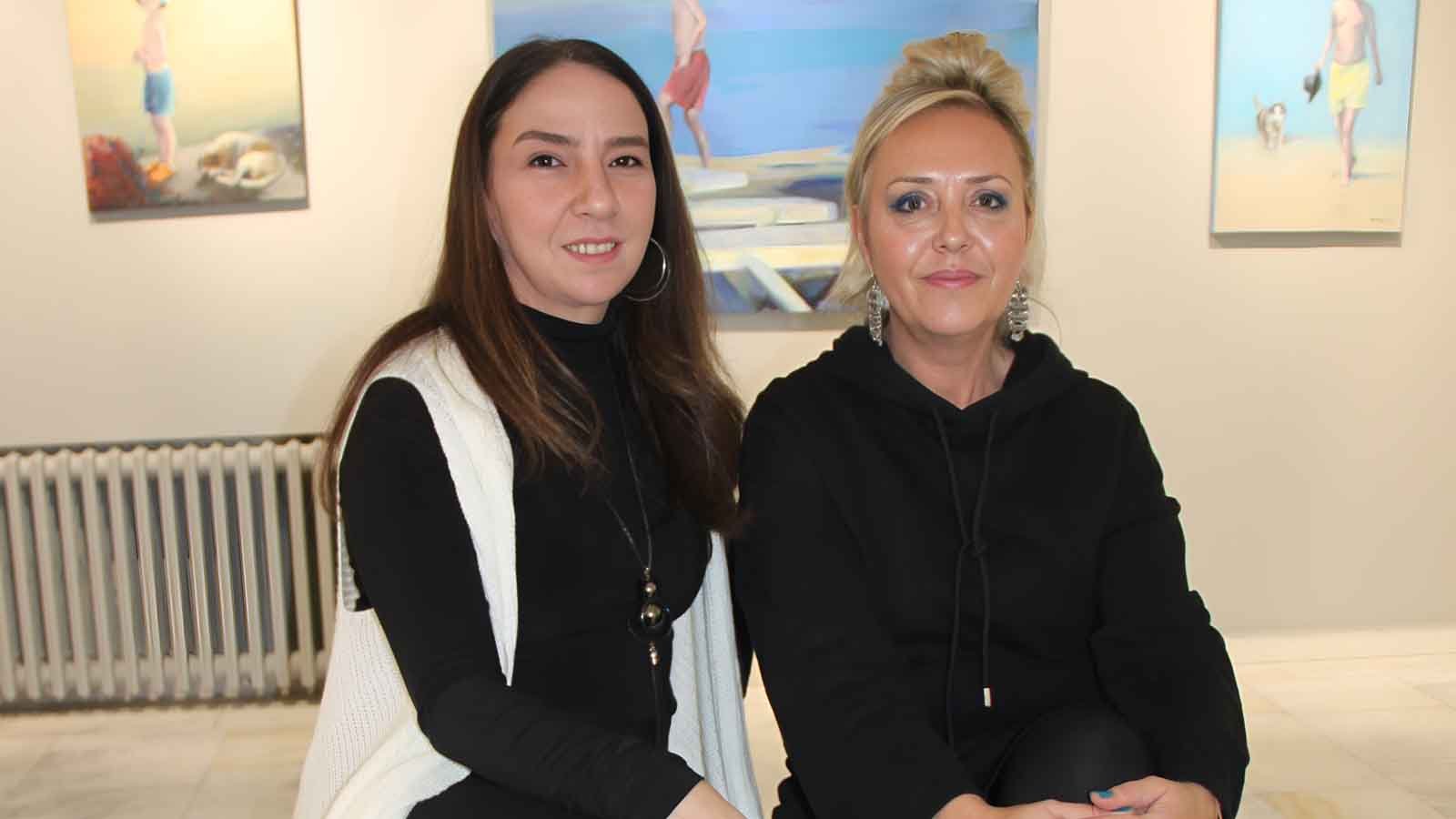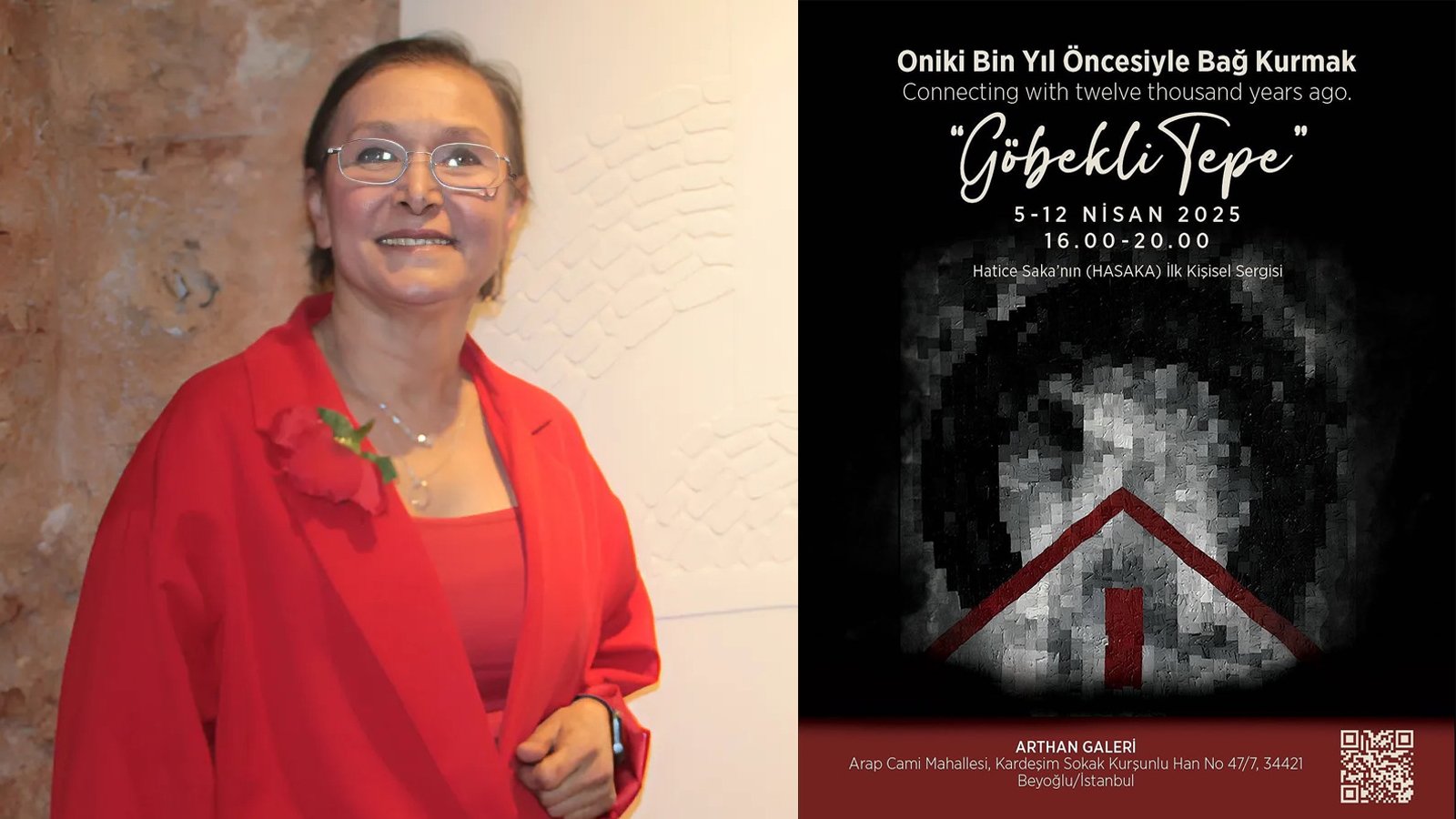The unforgettable discoveries of scientists are filled with extraordinary stories that have left deep imprints on the history of humanity and transformed the world. These stories have emerged as a result of people following their curiosity and pushing boundaries. Here are two great scientists who embody the essence of curiosity, perseverance, and the passion for learning that lies at the heart of scientific discoveries: Thomas Edison and Marie Curie.
Thomas Edison is known as the master of electricity and a genius who has made an indelible mark on the modern industrial age. In the late 19th century, Edison understood the power of electricity and took significant steps towards harnessing and utilizing it, making life easier through numerous inventions. He is particularly famous for his invention of the electric light bulb, which has gone down in history. However, he faced countless trials and disappointments on the path to success. After hundreds of different material and design experiments, he eventually achieved success. Edison’s determination and perseverance throughout this process have inspired many people and conveyed the message of “never give up.”
Marie Curie, on the other hand, is a trailblazing scientist in the field of radioactivity. With her research on radioactivity in the early 20th century, she made groundbreaking discoveries and won two Nobel Prizes. However, she made great sacrifices while pursuing these discoveries. Working with radioactive materials had a detrimental effect on her health and even led to cancer. Nevertheless, Marie Curie’s passion for science and her dedication have left a profound impact not only on her own life but also on future generations of scientists.
Title: Lighting the Light of Electricity: Thomas Edison
Thomas Edison revolutionized the world of science and shaped the modern industrial era with his work on lighting up electricity. Under this heading, we can highlight Thomas Edison’s process of inventing the electric bulb and the revolution it brought with his discovery. Here are more details about the inspiring story of Thomas Edison’s journey to lighting up electricity:
The Journey of Curiosity: Edison had a great curiosity about electricity from a young age. He constantly developed himself in this field by conducting research to understand the power of electricity. Edison never gave up on conducting experiments and working with different materials during his journey of curiosity.
The Teaching Face of Failure: In the process of inventing the bulb, Edison experienced countless trials and disappointments. Despite making hundreds of different material and design attempts, he couldn’t create a successful bulb. However, these failures did not mean giving up for him. Each failed experiment was a learning experience for him and made him even more determined.
“The Thousand and One Attempts” Philosophy: Edison embraced the philosophy of “a thousand and one attempts” without succumbing to despair in the face of failures. Each unsuccessful attempt meant moving one step forward for him. With this belief, he continued to conduct experiments relentlessly and eventually invented a successful bulb.
Lighting it Up: In 1879, Edison invented a carbon filament bulb, providing illumination through electricity for the first time. This was a significant turning point in human history and laid one of the foundations of the modern industrial era. The invention of the bulb enabled electricity to enter our daily lives and transform the world.
Eternal Success: Thomas Edison’s invention of the bulb not only remained a mere discovery but also became an incredible success story for him. Edison not only lit up electricity but also triggered numerous industrial and technological advancements with this discovery. The bulb remains an indispensable part of modern life today and is regarded as one of Edison’s unforgettable discoveries. His work on lighting up electricity has provided humanity with a safer, more efficient, and practical lighting method.
Thomas Edison’s discovery of lighting up electricity has had profound effects on the world of science and our daily lives. Edison’s journey, which began with curiosity, continued with the determination to overcome failures and challenges. Each trial and disappointment increased his knowledge and experience. Through belief and perseverance, he reached the invention of the bulb by conducting “a thousand and one attempts.”
With the invention of the bulb, lighting up with electricity became a significant turning point. Homes, streets, factories, and cities could now be illuminated with electricity, making people’s daily lives more comfortable. The bulb transformed previously dark places into illuminated ones, turning night into day.
Edison’s success has not only been limited to the field of lighting but has also been a catalyst for industrial and technological advancements. Electric power facilitated production processes in factories, enhancing productivity. Electric devices and tools have made people’s lives easier and created new job opportunities.
Today, the revolutionary era that started with Thomas Edison’s invention of the electric bulb continues. Electricity plays a central role in various aspects of our lives, from energy sources to communication technologies. Edison’s discovery has contributed to the progress of humanity and served as an inspiration.
Thomas Edison’s work on lighting up electricity demonstrates the determination, perseverance, and creativity of a genius scientist. His story reminds people not to give up when faced with obstacles, to follow their curiosity, and to think big. Edison, as an example of unforgettable discoveries by scientists, continues to inspire and enlighten future generations.
Marie Curie: Discovering the Secrets of Radioactivity
Marie Curie is a scientist who stands out in the scientific world for her work on discovering the secrets of radioactivity. Under this heading, we can highlight the life of Marie Curie and her important discoveries on radioactivity. Here are more details on Marie Curie’s inspiring story of discovering the secrets of radioactivity:
A Passionate Curiosity: From a young age, Marie Curie had a keen interest in nature and science. She made a great effort to improve herself, especially in the fields of physics and chemistry. The subject of radioactivity became one of his great passions and he decided to devote himself to unraveling its secrets.
Unmatched Education: Marie Curie struggled to study science, despite the limited educational opportunities for women at her time. She improved herself by studying physics and mathematics at the Sorbonne University. Thanks to this unique training, she had the opportunity to do more in-depth studies on radioactivity.
Discovery of Radioactive Elements: Marie Curie, together with her husband Pierre Curie, conducted an important work tracing radioactivity. First of all, she went to great lengths to prove the existence of radioactive elements such as polonium and radium. These discoveries have greatly contributed to our understanding of the existence and nature of radioactivity.
Radioactivity and Medicine: Marie Curie’s work on radioactivity also had a major impact on medicine. She played a major role in the development of portable x-ray equipment, especially during World War I. The use of radioactive materials in medical treatment was an important step in the treatment of cancer and formed the basis of the methods still used today.
Scientific Legacy: In addition to making many important discoveries for her work on radioactivity, Marie Curie became the first woman scientist to win two Nobel Prizes. She is the only person to win a Nobel Prize in both physics and chemistry. Her scientific legacy, in addition to inspiring female scientists, has been an important milestone in the advancement of discoveries in the field of radioactivity.
Marie Curie’s discoveries on radioactivity had a great impact on the scientific world and were an important step in understanding the nature of radioactivity. Curie’s work provided guidance in determining the presence and properties of radioactive elements. In addition, the discovery of the use of radioactive materials in medical applications has made a significant advance in modern medicine.
Marie Curie’s scientific legacy has not only been limited to her discoveries, but has also inspired female scientists. At that time, the world of science was generally male-dominated, and it was rare for women to contribute to science. Curie’s achievements proved that women can succeed in science and gave them courage.
Marie Curie’s work on radioactivity has an unforgettable place in the history of science. His passion, perseverance and determination have inspired scientists to push the boundaries and make discoveries. His work in the field of radioactivity inspires research and advances that still continue today.
Marie Curie has become an unforgettable figure in the scientific world for her passion and work to discover the secrets of radioactivity. His story shows how perseverance, passion and courage can turn into scientific achievements. Marie Curie’s legacy will continue to expand the frontiers of science and inspire discoveries to understand our world.
Alexander Fleming: Challenging Germs with Penicillin
Alexander Fleming is an important scientist who gained fame in the scientific world for making a microbe-challenging discovery. Under this heading, we can highlight the inspiring story of Alexander Fleming’s discovery of penicillin. Here are more details on Alexander Fleming’s story of discovering germ-challenging penicillin:
Fighting Bacteria: Alexander Fleming had a great interest in fighting germs in the medical field. He was working on infections common in soldiers’ wounds during World War I. These experiments further strengthened his quest to treat infections caused by microbes.
Accidental Discovery: In 1928, Fleming made an accidental discovery during an experiment in his laboratory. While working on a culture of microorganisms, he noticed that some bacteria were destroyed by the influence of the mold fungus. This caught Fleming’s attention, and he discovered this substance, which he called penicillin.
An Innovative Treatment: Fleming began to see this substance, which he called penicillin, as a treatment against germs. He thought penicillin was an antibiotic that could be effective in treating bacterial infections. This discovery was an important step towards the development of antibiotics and revolutionized the medical world.
Scientific Progress: Fleming’s discovery of penicillin made a revolutionary advance in the treatment of bacterial infections. Antibiotics have since played an important role in the treatment of many diseases. Alexander Fleming’s discovery marked the beginning of a new era in the fight against microbes, and made a huge impact on the scientific world.
Nobel Prize: Alexander Fleming’s discovery of penicillin resulted in recognition of his scientific achievement. He shared the 1945 Nobel Prize in Physiology or Medicine with Howard Florey and Ernst Boris Chain for his work on the discovery of penicillin and the medical use of antibiotics. This award is a testament to the international recognition of Fleming’s groundbreaking discovery.
Alexander Fleming’s discovery of penicillin revolutionized medicine as a germ-challenging treatment. Penicillin is widely used as an antibiotic used to treat bacterial infections. This discovery saved thousands of lives and revolutionized medical practice.
Fleming’s discovery marked an important milestone in the treatment of diseases caused by microbes. Antibiotics are used to prevent the spread of infections and to facilitate the treatment of various diseases. The discovery of penicillin has also contributed to reducing bacterial resistance and increasing the effectiveness of treatments.
Alexander Fleming’s discovery of penicillin is not only a landmark in the medical world, but also an inspiring example for scientists. He showed that he could make great progress as a result of an accidental discovery. Fleming’s passionate work sets an example that new ways of fighting germs can be discovered and revolutionary steps can be taken in the treatment of diseases.
Albert Einstein: Illuminating the Mysteries of the Universe with E=mc²
Albert Einstein is one of the most famous and influential scientists of the 20th century. He illuminated the mysteries of the universe with his special and general theories of relativity and revolutionized the world of science with the equation “E=mc²”. Under this title, we can highlight Albert Einstein’s story about elucidating the mysteries of the universe with E=mc². Here are more details on the inspiring story of Albert Einstein:
Pioneer of the Imagination: Albert Einstein had a great imagination and thinking ability from a young age. While studying physics at the University of Bern in Switzerland, he began asking questions that challenged classical physics theories. His thoughts offered an extraordinary perspective on the foundations of the universe.
Theory of Relativity: In 1905, Albert Einstein published his special theory of relativity. This theory overturned the traditional understanding of time and space. He introduced concepts such as dilatation in time, shortening of length, and synchronicity. He drew attention to the consequences of the constant speed of light and relative motion. This theory revolutionized the world of physics and brought Einstein great fame.
Energy-Matter Equivalence: In his article published in 1905, Albert Einstein coined the equation “E=mc²”. This equation stated that energy could be converted into mass and mass could be converted into energy. This meant that energy and matter were equivalent. This equation became one of the cornerstones of physics and went down in history as one of Einstein’s most famous inventions.
General Theory of Relativity: In 1915, Albert Einstein published his general theory of relativity. This theory explained the gravitational field as a curvature that spans time and space. Gravity was created by mass bending the fabric of space-time. The general theory of relativity has helped us understand the large-scale structures of the universe, the concept of time, and black holes.
Scientific Legacy: Albert Einstein’s theories of relativity and the E=mc² equation are one of the cornerstones of modern physics and cosmology. Einstein’s discoveries made important contributions to our understanding of the structure of the universe, the nature of space, and how we move through time.
Einstein’s E=mc² equation stands out as an equation showing that energy and mass are interconnected and can be transformed into each other. This equation offers a deep understanding of the energy potential of a massive object. It also plays an important role in understanding atomic energy and nuclear reactions. This equation of Einstein’s had a great impact on the development of nuclear energy and nuclear weapons.
Einstein’s general theory of relativity, on the other hand, considers the concept of gravity from a new perspective. This theory proposes that gravity arises when mass warps the fabric of space-time. This theory of Einstein played an important role in understanding black holes and the concept of time. It also provides a framework for investigating topics such as general relativity, cosmology, and the expansion of the universe.
While Albert Einstein’s discoveries were revolutionary in the scientific world, his scientific legacy is enduring. Although Einstein was awarded the Nobel Prize in Physics in 1921, his award was not associated with the theories of relativity. However, Einstein’s discoveries and theories have had a profound impact on the scientific world and have been a source of inspiration for many scientists.
Albert Einstein’s work on elucidating the mysteries of the universe with E=mc² was an important turning point, pushing the boundaries of science and offering a new perspective. Today, Einstein’s theories are still actively researched and developed, deepening our understanding of the nature and workings of the universe.
Galileo Galilei: Exploring the Sky with a Telescope and Defending Heliocentrism
Galileo Galilei was an Italian scientist who lived in the 16th and 17th centuries and is considered one of the founders of modern science. Galileo became prominent with his discovery of the sky using a telescope and his defense of the heliocentric model of the universe called heliocentrism. Here are more details on Galileo Galilei’s story about exploring the sky with a telescope and defending heliocentrism:
Telescope Discoveries: Galileo developed the telescope for use in astronomy studies and began observing objects in the sky with it. In 1609, he observed the Moon, the moons of Jupiter, the luminosity changes of Venus, and other celestial bodies with his telescope. These discoveries radically changed the scientific thinking of the period and represented the beginning of a new understanding of the nature of the universe.
Defense of Heliocentrism: Galileo began to present evidence supporting Heliocentrism with the data he obtained as a result of telescope observations. Heliocentrism is the view that the Sun is the center of the universe and that the Earth revolves around the Sun. This was in contrast to the geocentric model adopted at the time. This idea, defended by Galileo, was criticized and rejected by the church and the authorities of the time.
Experimental Approach and Scientific Method: Galileo’s observations with a telescope are of great importance as he followed the scientific method and was based on experiments. Contrary to scientific thought, which at the time was mostly authoritative, Galileo advocated the search for facts based on observation and experimentation. This contributed to the development of the scientific method and the transformation of the scientific world.
The Church and Conflicts: Galileo’s advocacy of Heliocentrism led to conflicts with church authorities. The church tried to preserve the geocentric model that was part of the religious beliefs of the time, and judged Galileo for challenging reticence and religious dogmas. In 1633, Galileo was tried by the Church of Rome for questioning religious dogmas. In court, Galileo was forced to withdraw his views and his Heliocentric views were rejected. The church sentenced him to house arrest and censored his publications. This event went down in history as the clash of science and free thought with church authority.
Scientific Legacy: Galileo’s observations with a telescope and his advocacy of heliocentrism contributed greatly to the development of modern astronomy and science. Emphasizing the importance of observing with a telescope, he revealed the true nature of objects in the sky. He also stressed the importance of working with the scientific method and theories supported by empirical evidence.
Galileo Galilei has become a symbol of courage and freedom for scientists and thinkers. Despite the difficulties he faced for his beliefs, he did not give up searching for scientific facts. His scientific legacy has encouraged scientists to think freely and explore the nature of the universe. Galileo is an unforgettable figure for the advancement of science and free thought and forms one of the cornerstones of modern science.



































